I had to take a pause on publishing blog posts the last few weeks, because we just moved into a new house! Would you believe, this is our 4th major move in just ten years? And, no, we’re not a military family. These were all moves that we chose to make – I call them “lifestyle moves.” As you can imagine, I’ve picked up a few tips along the way to make moving go more smoothly. Sure, I have lots of tips about packing, choosing a mover, and keeping your sanity, but that’s not what this post is about. Today, I want to share some tips that are never included in a moving checklist, but can be just as important! These moving tips are for planning the design of your new home!
Maybe you’ve been building a new home, or maybe you’ll be moving into a new home or rental, or maybe you’ve decided to downsize? The truth of the matter is that all moves are stressful and a huge amount of work! There are a lot of timelines and checklists out there from moving companies, and other experts which are very helpful. I’ve used several of them to create my own master moving checklist for our family, and guess what? I’ve been able to use it 4 times!
The thing is, these moving checklists tend to focus on things like the timing for changing your address, enrolling kids in school, and setting up utilities. All important stuff, but what about designing your new home? What can you do before you move to ensure your new home is going to have the right furniture pieces, appropriate rug sizes, and will be on a path to looking great as the boxes get unpacked?
There’s a couple of crucial steps I recommend you take before moving that have to do with designing and decorating your new place.
1. Take a Detailed Inventory
Take a detailed inventory of all of your current furniture, rugs, lamps, and artwork. Will you be able to use these items in your new home? What room in the new house will you put them in? If you don’t plan to keep the item, decide if you will sell it or donate it.
Start this process early – before you call moving companies for a quote. The reason for this is because the moving company will want to know what you are bringing with you to your new place as part of being able to give you a quote.
Also, this process is a great way to starting thinking about what your new home is going to look like. Do you love your dining table, but want to get new chairs to change up your look? Do you no longer have space for that large armoire you’ve had for years?
These are not always easy decisions, but you don’t want to have to pay to move items that just won’t work in your new home. And besides, doing an inventory early will allow you to purchase any new items you’ll need, and have them delivered to your new place by moving day or shortly thereafter.
Here’s a snapshot of the inventory spreadsheet I created and used for each of my moves.
2. Take Measurements
Take measurements of your new home. Space planning is a critical step in any design, and should be done for your new home BEFORE you move in! Get measurements of your new place from floor plans, or by taking measurements yourself. If you’re renting a house, the owner or realtor may be able to get measurements for you for key rooms.
Measure your furniture. You’ll need these measurements for the next step: Space Planning!
3. Create a Space Plan
Once you have measurements for the rooms in your new home, and for the furniture you’re planning to move, it’s time to create a space plan to make sure your furniture is the right size for your new place.
Will your sectional fit in your new home, or is it too big for the new living room? Do your bed and nightstands and dressers fit in your new bedroom? What size rugs do you need in each room? How will you arrange the furniture in your new family room? These questions are all part of a process called space planning. If you need help and guidance with this process, check out my Space Planning Workbook. It has furniture cutouts, guidelines, and tips to make this process super easy!
To create a space plan, sketch out your room onto a piece of graph paper using the measurements you collected. Graph paper is great so that you can use each grid to represent 1 foot, or 6 inches (whatever works best for the size of your room). Draw your furniture items in the room to scale. Now you have a space plan! Play with different furniture arrangements or different size furniture, as needed, until you have the best possible plan for each room.
Once you’ve created your space plan, you can make some final decisions. If your furniture just won’t fit, cross it off the “keep” list in your inventory, and start looking for something with the right dimensions that will fit your new space. You’ll come away from this process knowing exactly what furniture and rugs can come with you, and what will need to be sold/donated/replaced. Another bonus? You’ll be able to tell your movers EXACTLY where to put everything in your new home on moving day!
4. Order New Items
Make time to order new furniture, rugs, and/or accessories prior to your move. Buying a new sofa? Custom furniture can take 4-8 weeks to be delivered once you’ve placed your order. Other in-stock furniture, rugs, and decorative accessories can be ordered online and delivered to your new home within 1-3 weeks, depending on the store.
Add these dates to your overall moving timeline to make sure you get things ordered on time. Sitting on the floor is OK for a day or two, but you don’t want to end up living too long in your new home without that much-needed new sofa. And remember, if you need new rugs, be sure to order them (and rugs pads) early on, because you’ll want to lay them in place before furniture gets moved into the new room.
Moving is stressful and exciting all at the same time! When you are planning a move, it’s fun to daydream about how you want your new home to look. But, it can take a little extra effort to get it there. Sure, these important design-focused steps might add a little more work to your pre-move checklist. But, you’ll save money by not moving things that just won’t work in your new home. And, your new place will look and feel better with some upfront design planning!
For more great tips related to moving and design, check out this fantastic article we partnered with Redfin on called 13 First-Time Homebuyer Design Mistakes to Avoid.


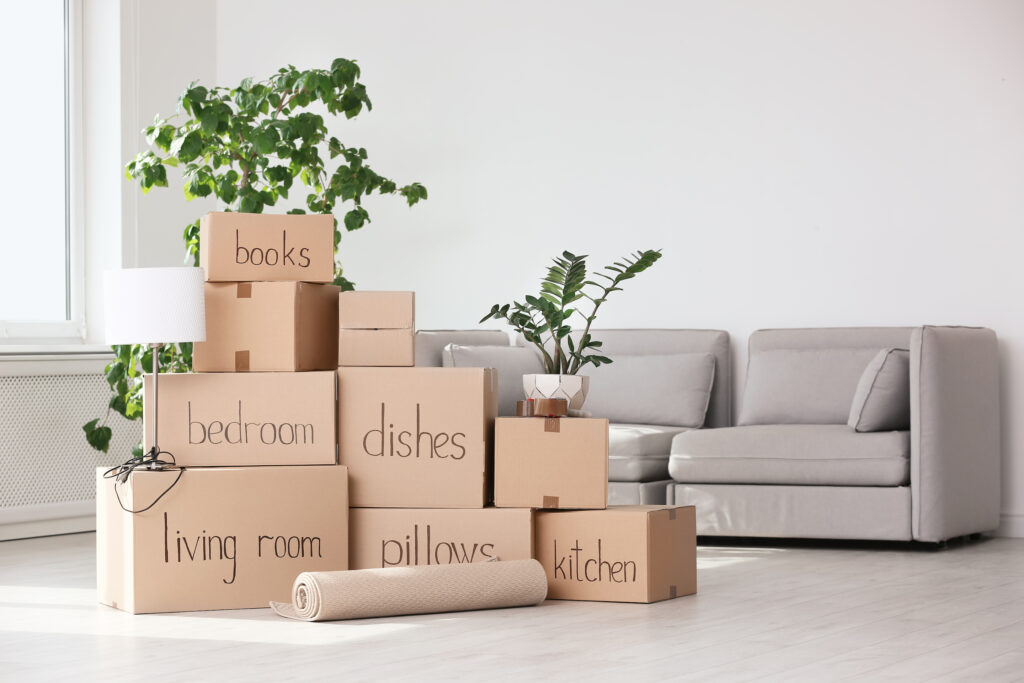

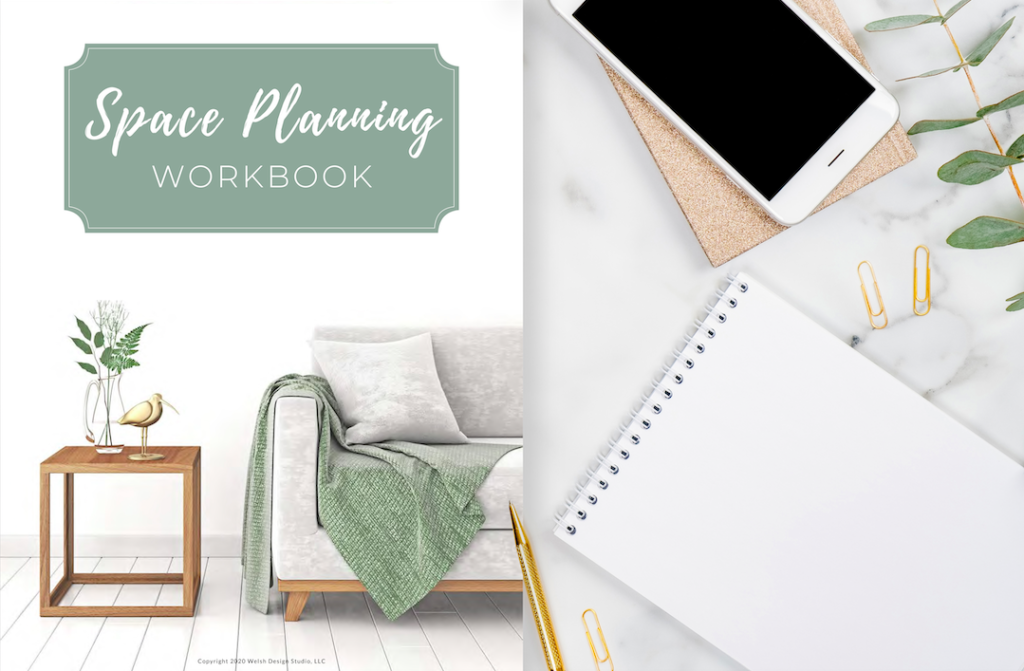

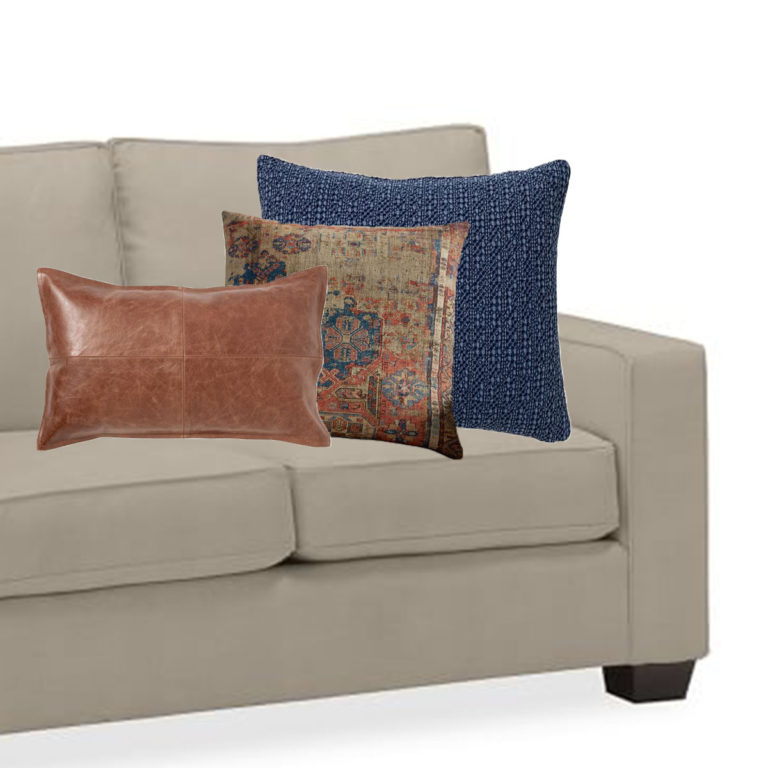

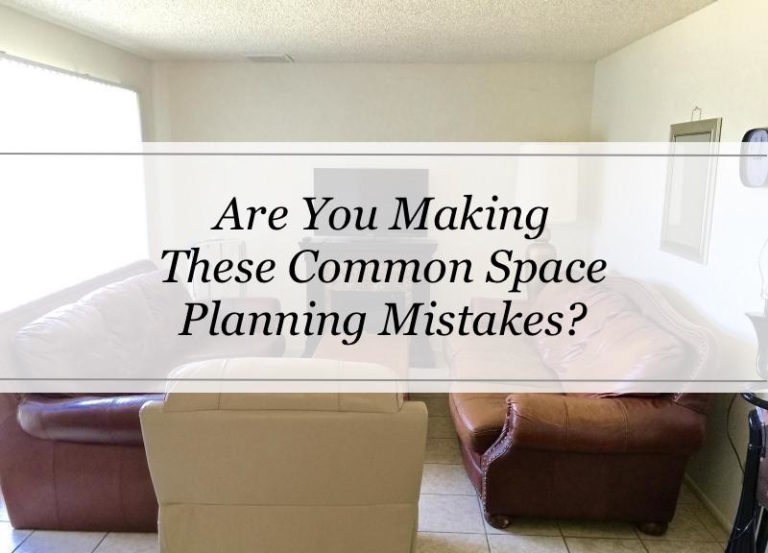
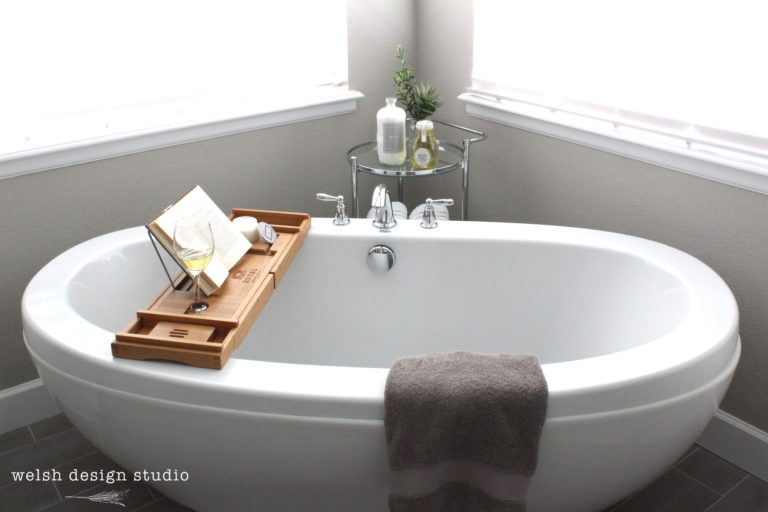


You have shared a wonderful blog for moving services. It gives us best support to arrange our removal work. I am very glad to find this kind of informative blog. Thanks for your wonderful effort.
I read your entire article. Your information was interesting and useful to me. It provides us with the best assistance to plan our relocation. I am thrilled to discover such an informative blog. Thank you for your outstanding content .